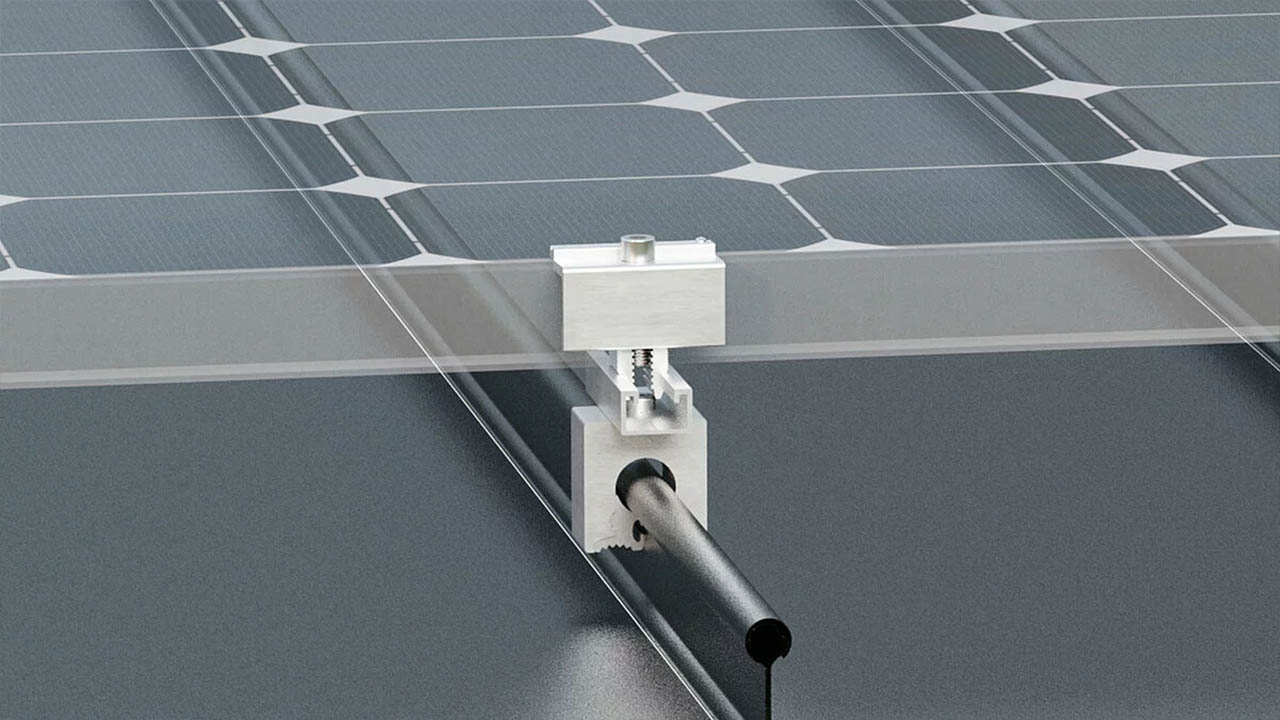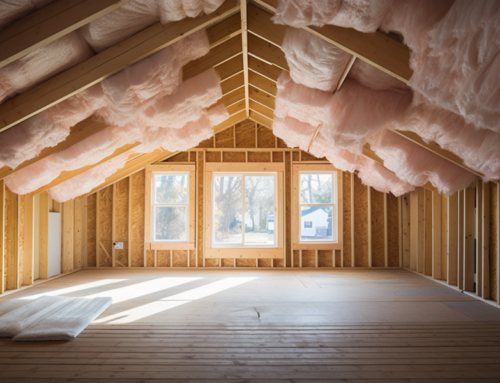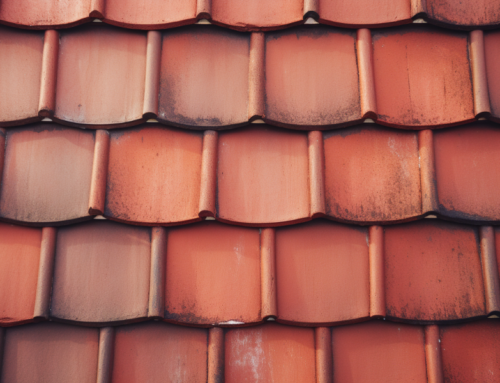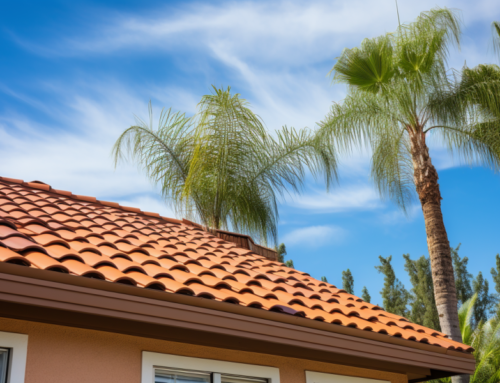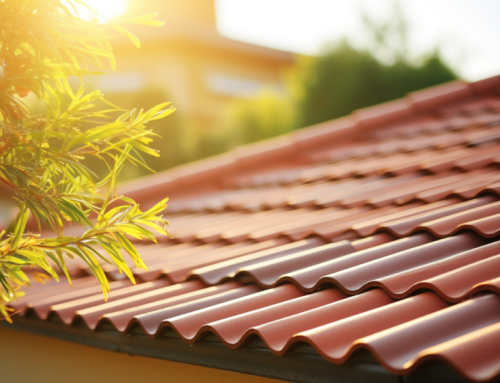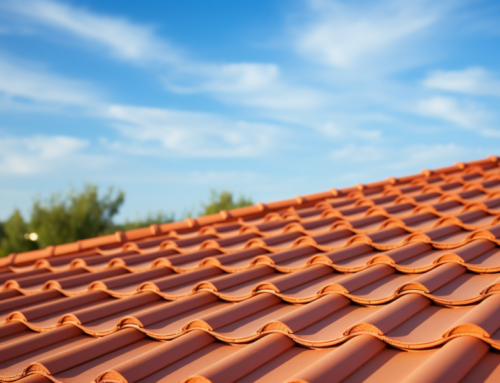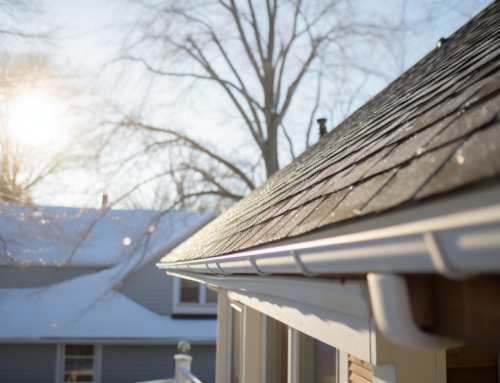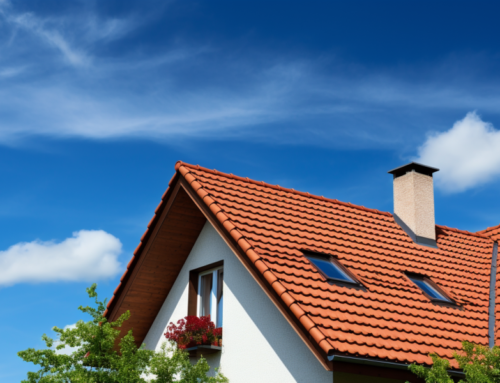Solar panels are an increasingly popular choice for homeowners looking to reduce their energy consumption and costs. But can you install solar panels on a metal roof?
The answer is yes. Metal roofs are an excellent option for solar panel installation, as they are strong and durable, providing a stable platform for the panels.
In this guide, we will walk you through the process of installing solar panels on a metal roof, from start to finish. We’ll cover everything you need to know, including what type of solar panel is best for a metal roof, how to install the panels, and how to troubleshoot issues.
Benefits of Installing Solar Panels on Metal Roofs
Although solar panels are typically installed on shingle roofs, metal roofs have many benefits over asphalt shingles. For one, metal roofs are very durable, so your solar panels will be well-protected from the elements.
Corrugated metal roofs also reflect heat, which can help keep your home cooler in the summer. And because metal roofs are often white or light-colored, they can reflect sunlight and help reduce your energy costs.
Of course, you’ll need to consult with a professional to make sure that your particular, cool metal roofing is suitable for solar panels.
But if it is, installing solar panels on whole metal roofing can be a great way to save money and energy.
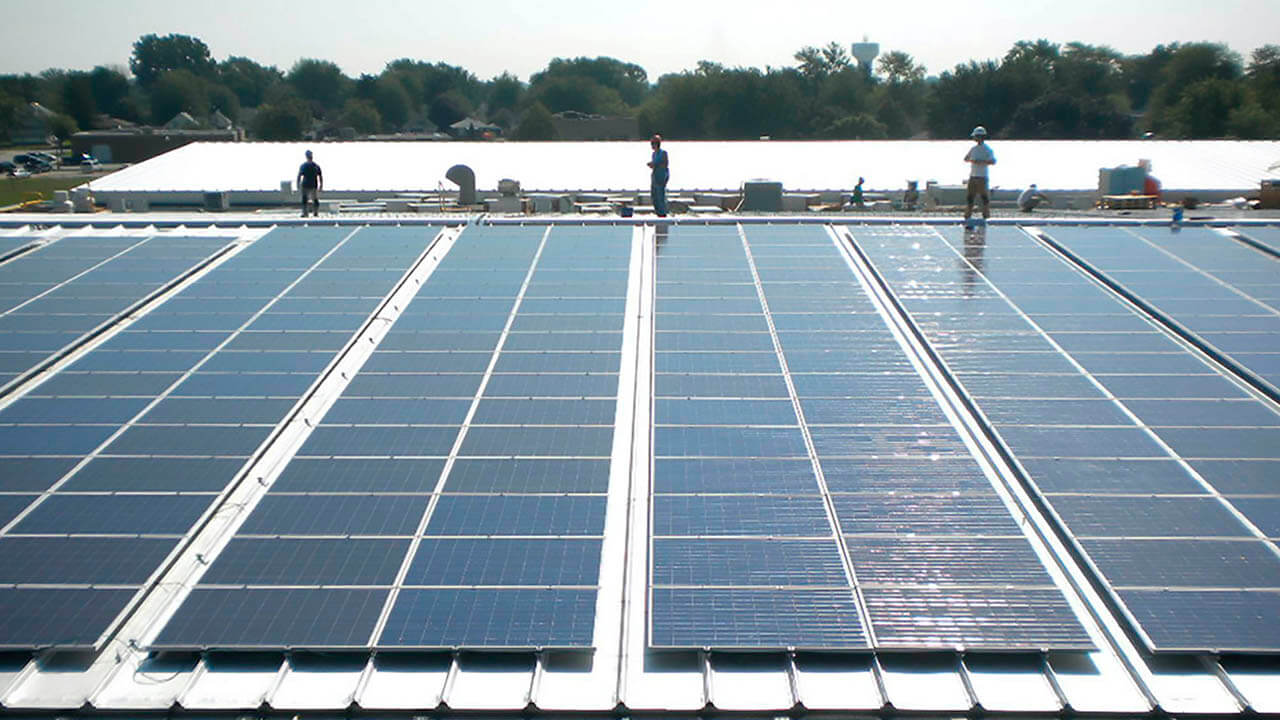
Preparing Your Metal Roof for Solar Panel Installation
If you’re looking to install solar panels on standing seam metal roofs, there are a few things you’ll need to do to prepare the roof for installation to mount solar panels.
Here’s what you need to know:
- Make sure the roof is in good condition. This means that there are no leaks, holes, or other damage that could cause problems during installation.
- Choose the right type of solar panel for your roof. There are two main types of panels available: crystalline silicon and thin film. Thin film solar panels have their own advantages and disadvantages, so make sure to do your research before making a decision.
- Determine where on the roof you want to install the panels. Once you’ve decided on the type of panel, you’ll need to figure out where on the roof they will go. The ideal location to put solar panels is one that gets plenty of sun exposure throughout the day.
- Measure the area where the panels will be installed. This is important so that you can determine how many panels you’ll need to purchase.
- Purchase the necessary hardware for installation. This includes mounts, brackets, and wiring (if needed).
- Follow the manufacturer’s instructions for installation carefully. This will ensure that your panels are installed properly and safely
Selecting the Right Type of Solar Panel for Your Metal Roof
Metal roofs are an excellent choice for solar panel installation because they are durable and long-lasting. However, there are a few things to consider when selecting the right type of solar panel for your standing seam metal roof.
First, you need to decide if you want a photovoltaic (PV) solar system installation or a thermal system. PV systems generate electricity, while thermal systems use the sun’s heat to generate hot water or steam.
Next, you need to determine the size and power output of the solar power system that you need. The amount of sunlight that hits your roof, the angle of your roof, and the climate in your area will all affect the size and power output solar mounting system you need.
You need to select a solar panel that is compatible with your metal roof.
Some panels are not compatible with all types of metal tile roofs and solar is, so be sure to check before making your purchase.
Step-by-Step Guide to Installing Solar Panels on a Metal Roof
Assuming you have already purchased your solar panels and racking system, the following is a step-by-step guide to installing solar panels on solar metal roofs:
Step 1: Measuring
Begin by measuring the length and width of your roof in order to calculate the square footage. This will determine how many solar panels you will need to purchase.
Step 2: Pilot Holes
Next, use a power drill to create pilot holes for the lag bolts to secure the rails to your roof. The number of log bolts you will need will depend on the size of your roof.
Step 3: Attach the Rails
Once the pilot holes are drilled, attach the rails to your roof using the lag bolts. Make sure the rails are level before proceeding.
Step 4: Install and connect the Solar Panels
Now it’s time to install and connect the solar panels themselves. Attach one end of each panel to the rail using L-brackets or clamps. Be sure that each solar panel system itself is positioned at a slight angle so that it can catch maximum sunlight throughout the day.
Connect all of the panels together using MC4 connectors (or similar). Once they are all connected, your solar panel installation is complete!
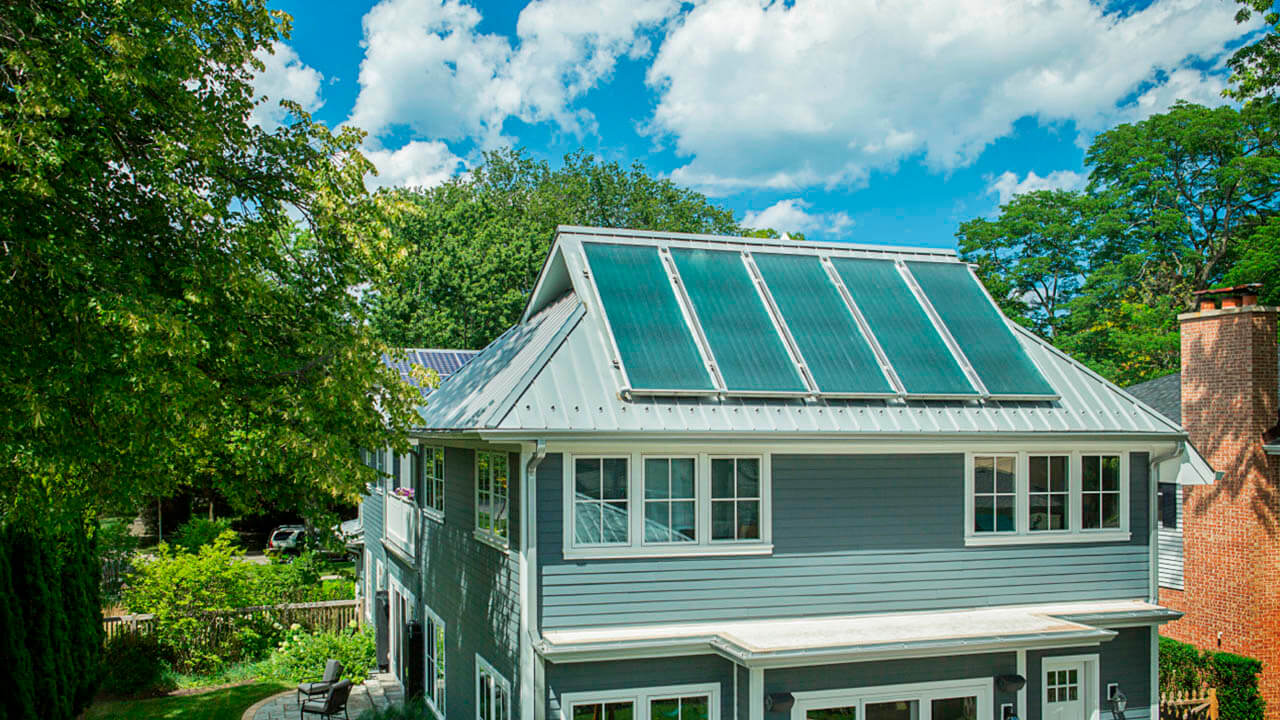
Maintenance Tips for Solar Panels on a Metal Roof
When it comes to keeping your solar panels in tip-top shape, there are a few things to keep in mind if you have a metal roof. First, it’s important to regularly inspect your panels for any dirt, debris, or leaves that may have accumulated on them.
If you see anything that could potentially block sunlight from reaching the panel’s surface, be sure to remove it right away.
In addition, you’ll want to ensure that the area around your panels is clear of any vegetation or other growth. This can not only block sunlight but also cause physical damage to the panels themselves.
Trimming back any overhanging branches or vines on a regular basis will help keep your panels functioning properly for years to come.
It’s important to keep an eye on the condition of your metal roof itself. If you notice any rust or other deterioration, be sure to have it addressed as soon as possible.
A healthy metal roof will help your solar installation and ensure that your solar panels are able to do their job effectively for many years to come.
Conclusion
Installing solar panels on metal roof tiles can be a tricky process, but with the right tools and guidance, it is well within reach. By following our guide you should now have all the knowledge necessary to install your own solar system safely and efficiently.
However, you may want to work with a professional solar installer who can handle the project and that’s where we come in.
San Diego County Roofing & Solar is a trusted solar installer and we can assist with your PV solar panels and the entire solar installation process.

